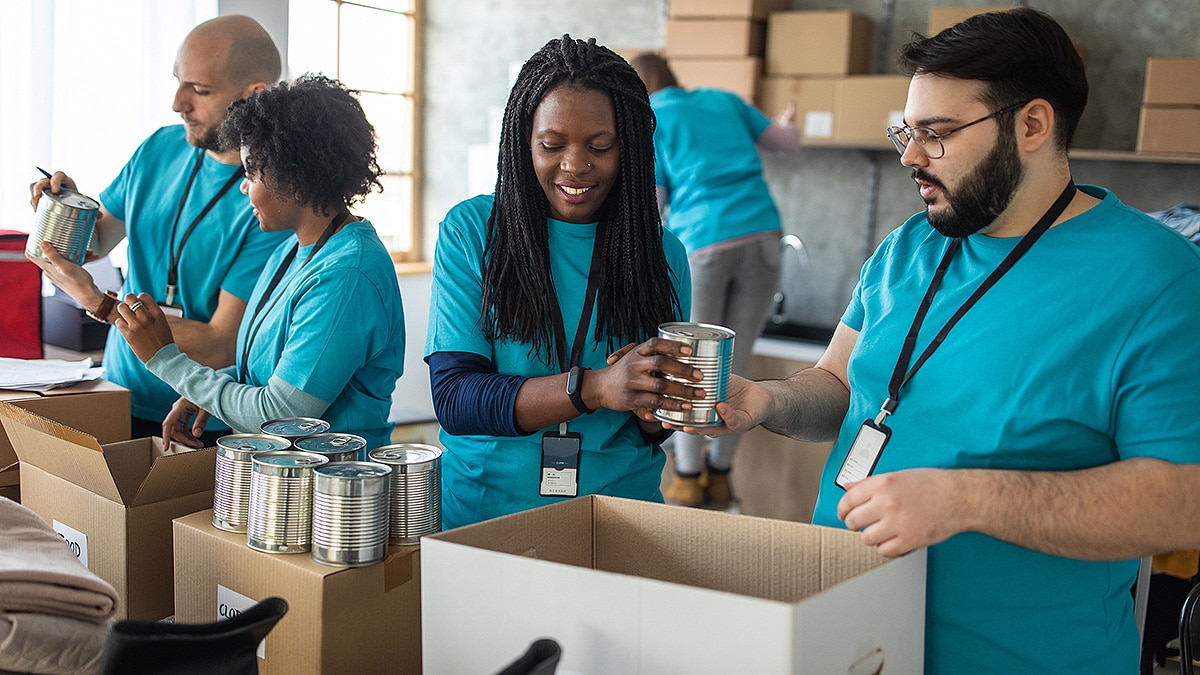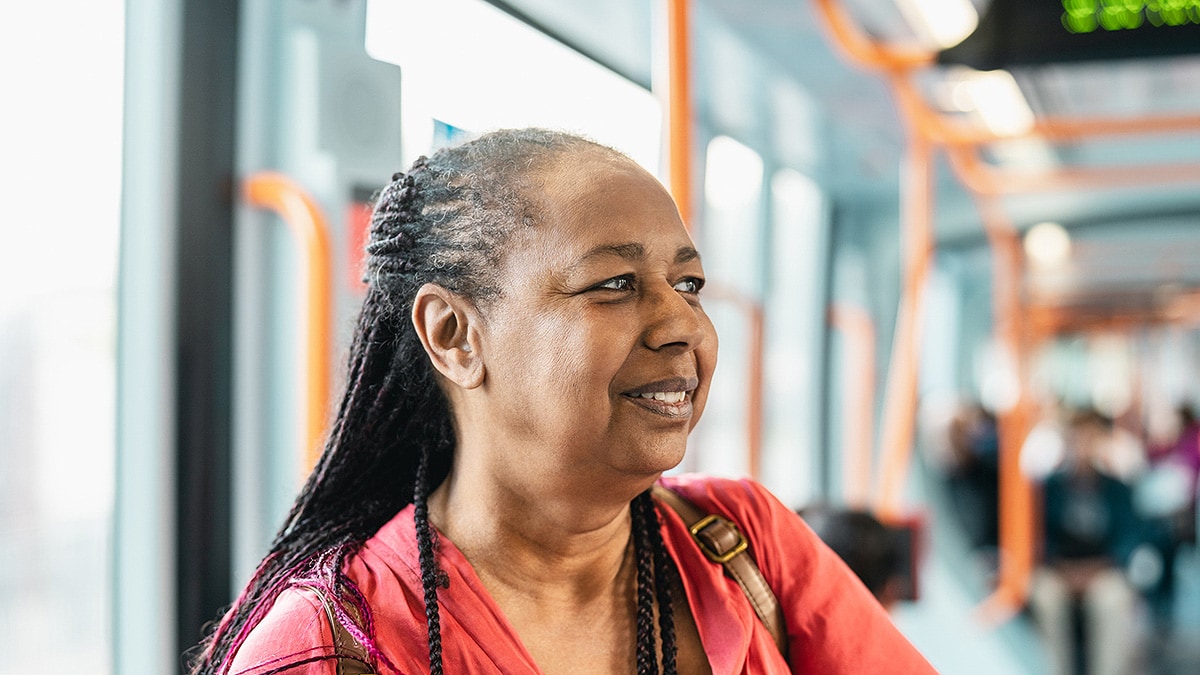Key points
- Social connectedness is a fundamental social determinant of health, and it can affect the health of entire communities.
- Approaches that include work to change policies, systems, and environments can help to address and promote social connections.
- Learn what national organizations, healthcare systems, and agencies can do to improve social connections.

Impacts
Social connection not only has a positive effect on individual health and well-being, but it can lead to many positive outcomes at the community level.
Having supportive relationships:
- Helps communities thrive.
- Supports overall community well-being, health, safety, and resilience.
- Can encourage people to give back to their communities.
Tips
Creating access is one of the most important strategies to incorporate into policies, systems, and environmental change approaches for promoting social connection.
- Having access to transportation, public parks, and community-based organizations makes it easier to connect with others.

Public health, health care, and social service organizations can also encourage and increase social connection within a community through:
- Public education.
- Evidence-based programs and services.
- Research and evaluation.
- Promotion of healthy lifestyles.
The nation's health care systems can prioritize social connection as a major health issue.
- Many health care organizations and associations have started screening for social factors that affect health, including social support.
- There are medical codes for loneliness, social isolation, and inadequate social support that providers can use in patient medical records.
- Some psychiatrists even compare social connection to vitamins: we need a dose of positive contact with people each day1.
Next steps
Improving social connection will require more research on prevention, measurement, and interventions that address social isolation and loneliness. More support for national public health surveillance and cross-sector collaboration is essential.
Spotlight
In response to addressing the effects of isolation and loneliness, organizations have developed national partnerships and coalitions, such as:
Local agencies and non-profit organizations are also getting involved in creating environments that foster social connections.
Many types of agencies can play a part to foster community connectedness, like:
- Social service providers.
- Healthcare organizations.
- Nursing homes and assisted living communities.
- Doctors' offices.
- Businesses and worksites.
- Grocery stores.
- Community groups.
Lawmakers have called for resources to support initiatives that increase social connections.
- Some countries have designated ministers of loneliness to lead national campaigns to address social isolation and its effects.
- San Mateo county is the first county in the U.S. that declared loneliness a public health emergency.
The U.S. Surgeon General issued an Advisory on the Healing Effects of Social Connection and Community. It provides evidence of health impacts and outlines a strategy to strengthen our relationships and society.
- Martino J, Pegg J, Frates EP. The connection prescription: using the power of social interactions and the deep desire for connectedness to empower health and wellness. Am J Lifestyle Med. 2015;11(6):466–475.
